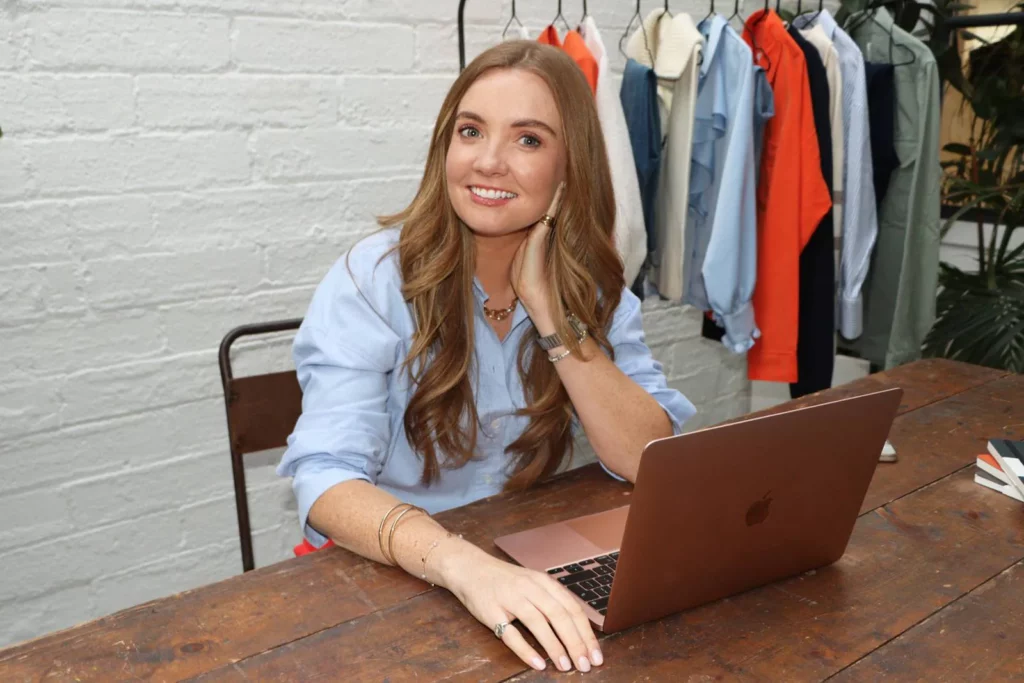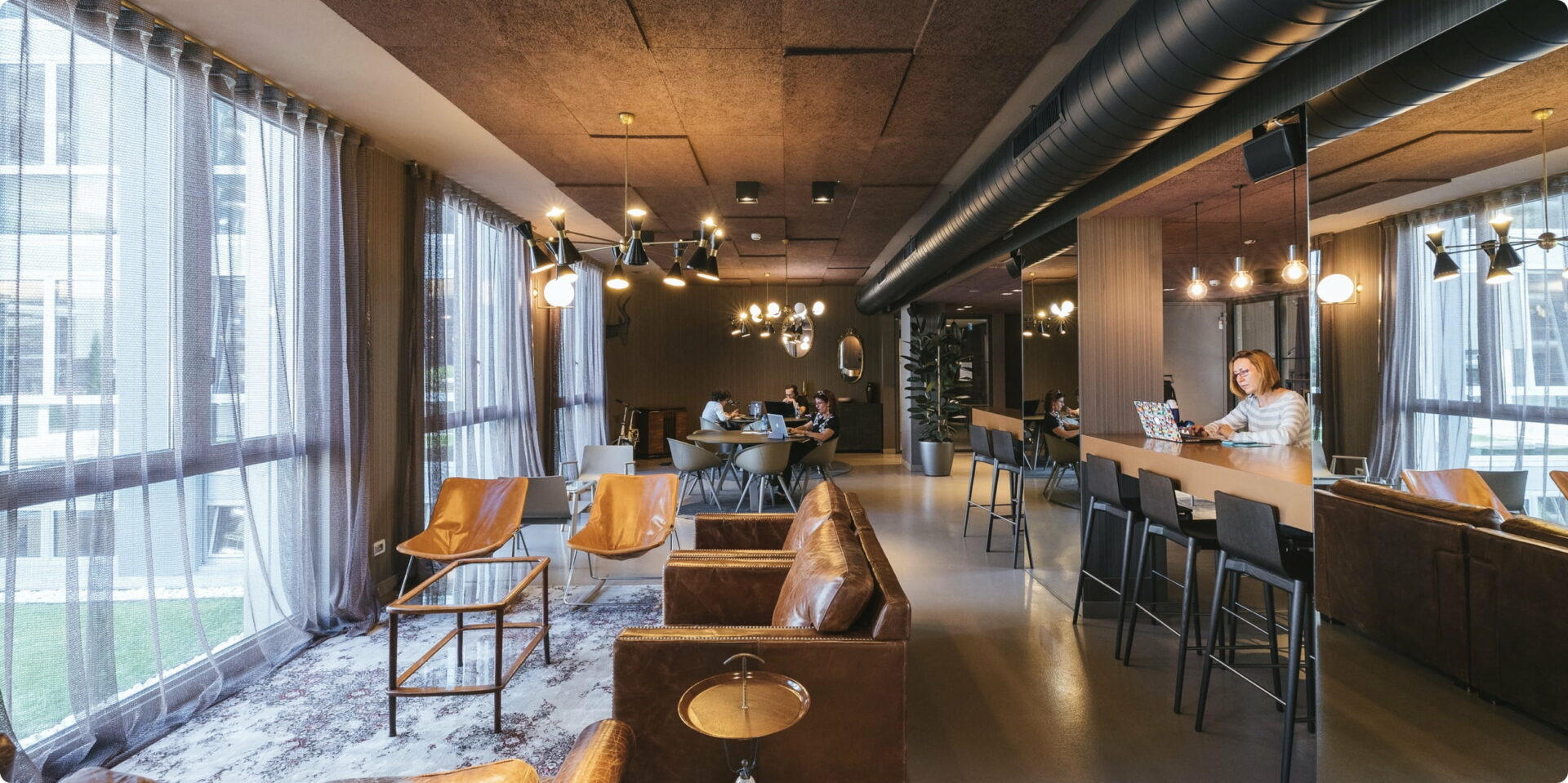“You’re not going out dressed like that?” has long been the horrified cry of parents whose offspring’s attire fails to meet their approval. But lately it’s become a phrase that also chimes with employers – albeit repurposed to “you’re not coming in dressed like that?” – as they struggle to accept what some employees now consider suitable work wear.
To some extent this is another legacy of the pandemic. People got used to dressing as they pleased when working from home, and if the urban myths are to be believed some didn’t bother with day clothes at all and were happily turning up on zoom in their furry dressing gowns.
We’re told that productivity didn’t suffer during the lockdown, which suggests that what people wear while working is irrelevant. However, this preference for more casual dress, largely driven by the tech sector, has become a bone of contention for organisations that want their employees to look professional. It’s also proving difficult to get dress code expectations across to the 20-somethings who were recruited remotely during Covid and who spent the first few years of their working lives in their PJs.
“People used to have work wear and casual wear, they were quite separate and the distinction was clear. Now there’s more of a flow from one to the other with no guardrails, and people are finding this difficult to navigate. As a result they’re looking for advice on what to wear for work much more than before,” says Laura Jordan, founder of style and image consultancy StyleSavvy.
What seems to be working for some businesses is a policy of dressing for what the day involves. If it’s a meeting with a client who expects a sombre suit, then wear one. If it’s a less formal meeting that still needs an air of professionalism then it’s acceptable to lose the tie or the carefully arranged scarf, to go more casual and choose from a wider colour palette.
“A tailored jacket can be dressed down with a T-shirt and jeans or chinos for an informal day or dressed up with a shirt or blouse and tailored trousers or a tailored skirt for a more formal setting,” Jordan says.
Communicating what’s required in terms of working attire can be tricky in the absence of formalised rules, and this is why Jordan advises companies to prepare a dress policy that covers all the bases. To remove any ambiguity visuals of what is and isn’t okay should be included. For example, designer trainers may be acceptable but beaten up runners are not. “Often it’s not the item itself that’s the problem, but the condition it’s in,” Jordan says.
“Dressing for work has become a bit of a minefield which is why it’s important to bring as much clarity as possible to what’s expected. If you’re not sure what to include in a dress code get professional help to draft it,” Jordan suggests.
“Having a defined policy makes things more objective and takes away the personal and finger-wagging element if a problem arises. What can also help is to give employees image training to create an awareness around dress if that’s something that matters to an organisation.”
Business formal is largely out, says Jordan, who adds that she’s hardly seen a tie in any situation since Covid. And with this shift away from formality she is advising her male clients to buy two pairs of trousers for every jacket as jackets get worn so little now.
“The prevailing look is smart casual. However, there is some confusion as to what that means. It means half-tailoring as in a tailored jacket worn with chinos or good quality dark washed jeans or a pair of tailored trousers worn with a casual shirt, top or jumper. That’s the theory but then there’s a whole spectrum when it comes to what constitutes a ‘suitable’ top or jumper whereas the traditional work shirt or blouse was easy to understand.
“Shoes also matter. There’s a big difference between nice loafers that look smart and dirty gym shoes that don’t.”
Asked for her top tips on dressing for the office, Jordan says: “For guys clean polished shoes not worn at the heels. Go easy on colourful socks as they can be an unwanted distraction in some situations. Shirts should be clean and ironed and hair well cut. When buying shirts test the fabric by scrunching it up and avoid those that crease too easily.
“For women choose your shoes carefully as they can have a big impact on your look. If you’re wondering if a skirt or dress is appropriate put your hands by your sides and see where your middle finger touches your leg – that’s the shortest it should be. It’s the measure they apply in the American school system and these kinds of tools outsource opinion, so it becomes protocol not personal.”
Jordan says she often gets a frosty reception when she goes into companies to talk style. “People think I’m there to tell them how to dress and they get defensive. But that’s not what it’s about. What I’m trying to do is to ensure that how someone dresses doesn’t stop them from getting a job or promotion. So it’s about making sure there’s nothing going on that might be impacting their pathway towards achieving their career goals.”
Asked for her final piece of advice, Jordan says: “Just because you can wear what you want doesn’t mean you should.”










